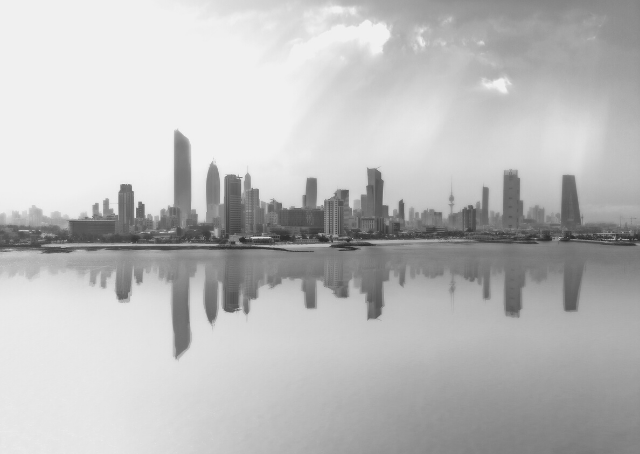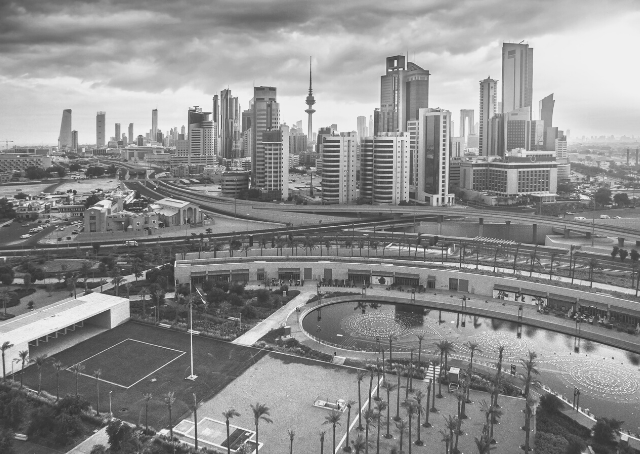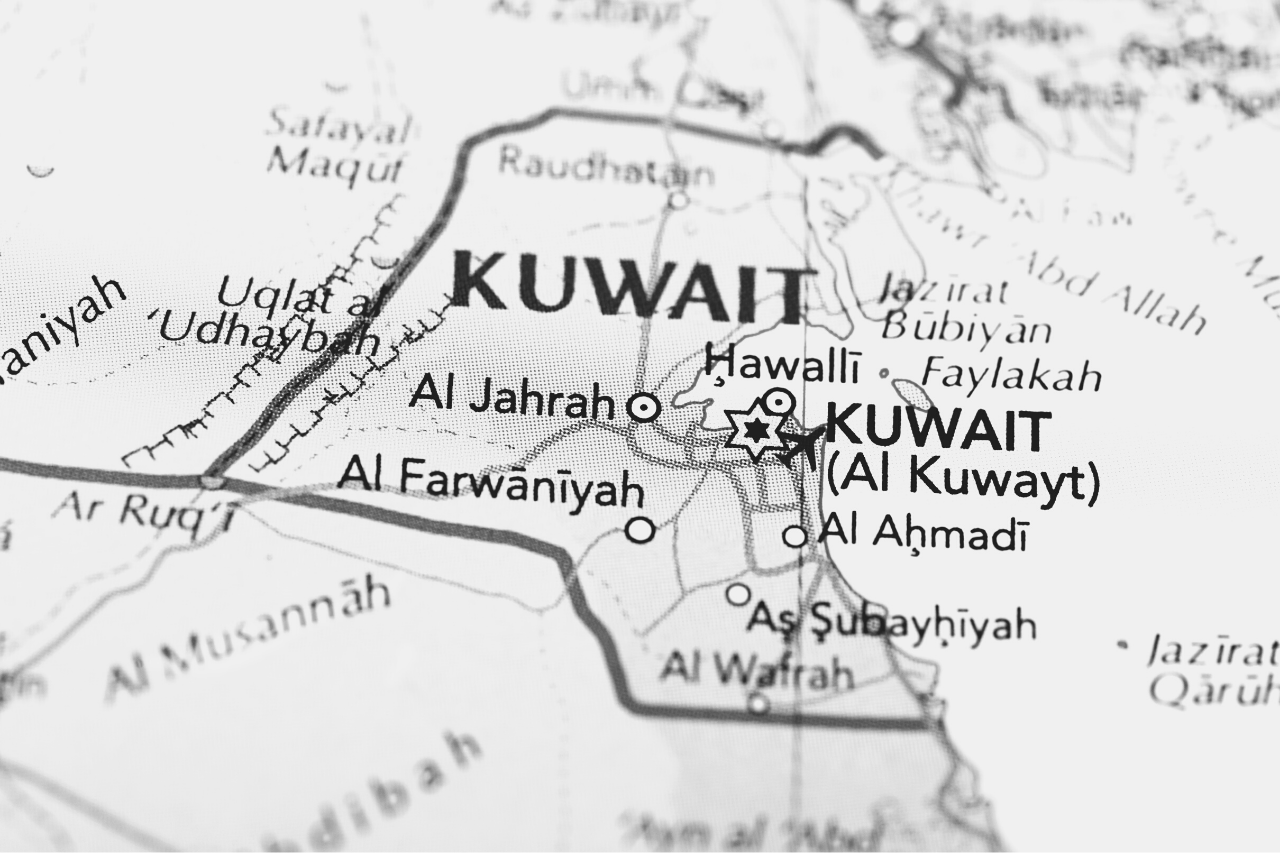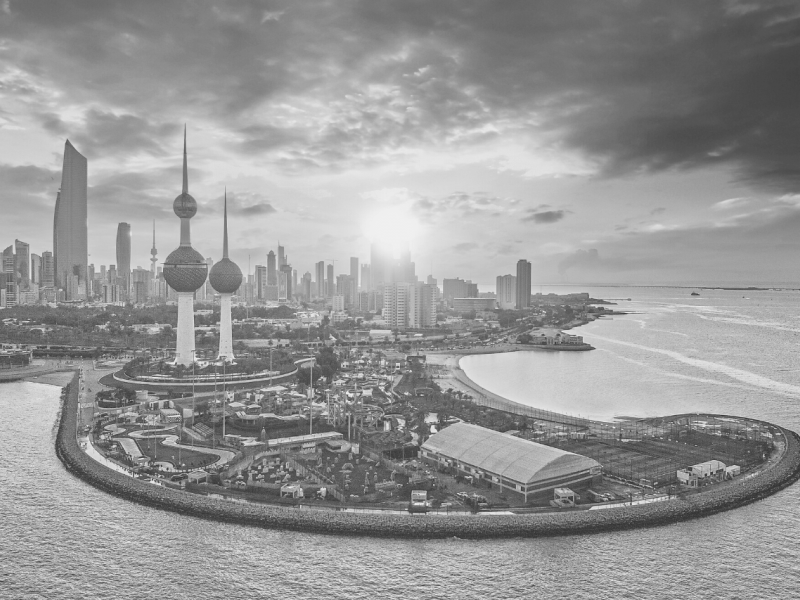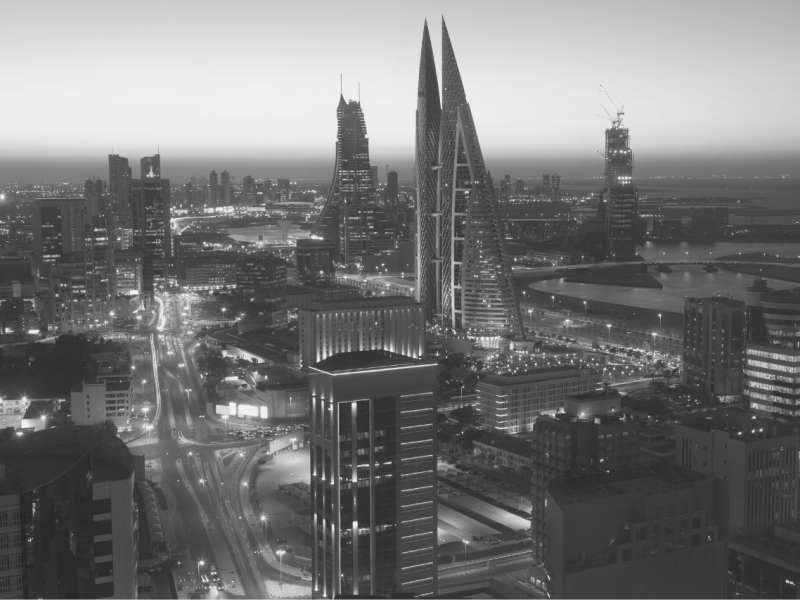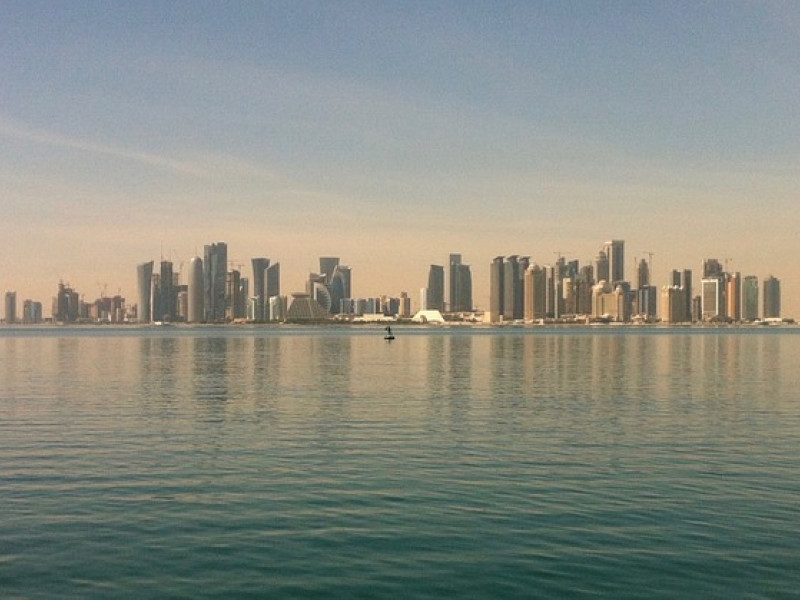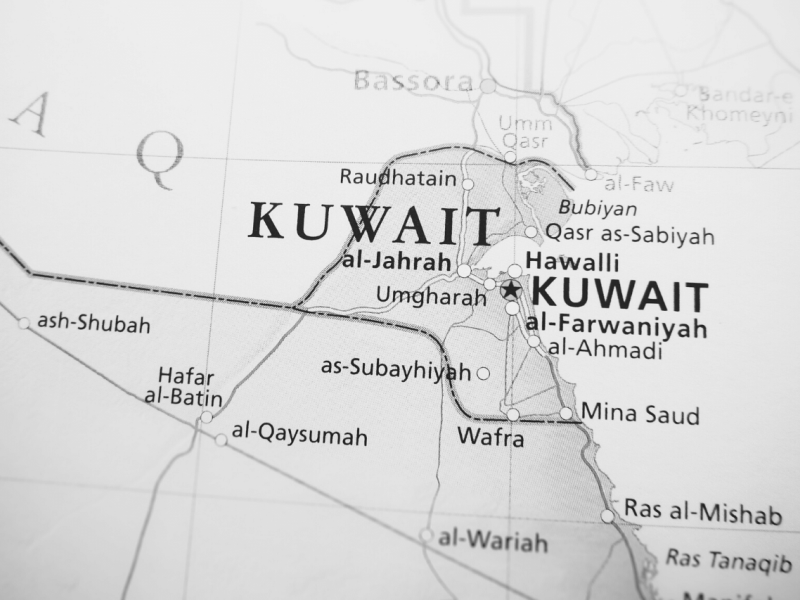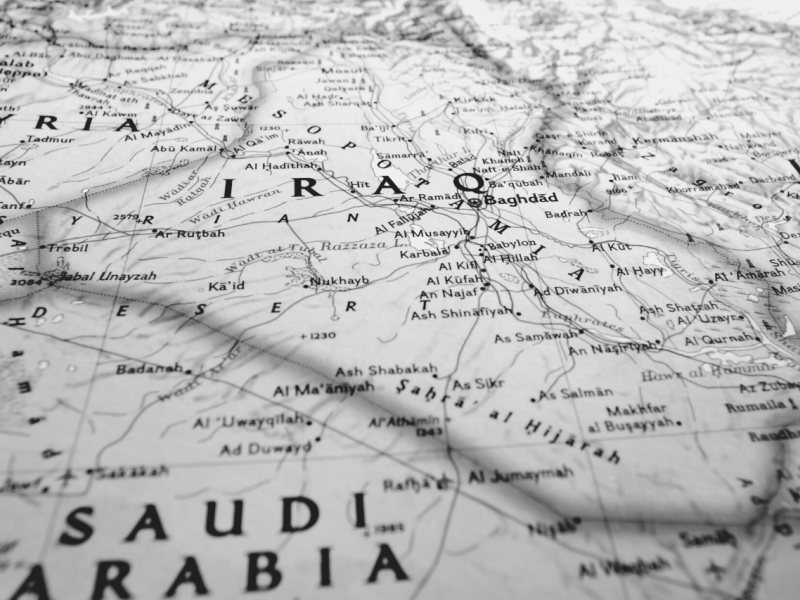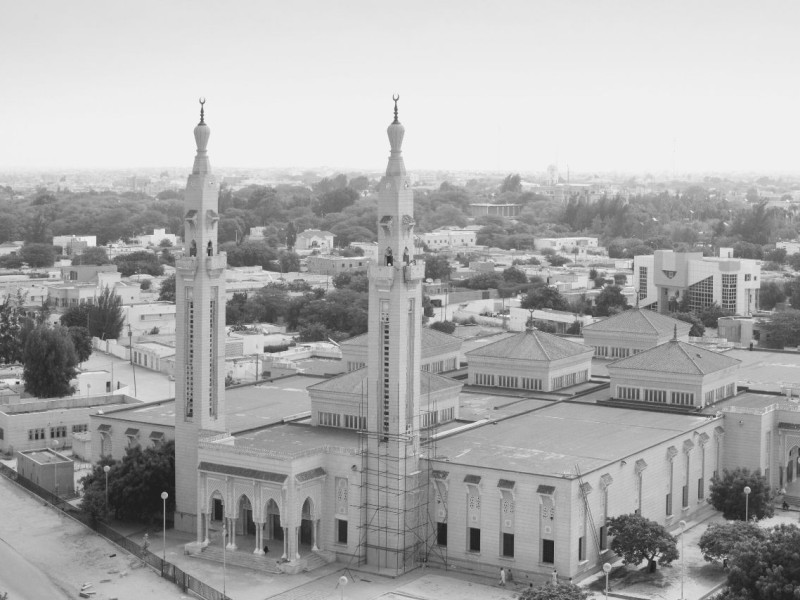History of Kuwait: The Modern Marseilles of the Persian Gulf
The history of Kuwait tells another invigorating story of humanity. Interestingly, it is one of the smallest countries in the world, with only 10 islands in the northeast corner of the Arabian Peninsula.
Its capital is Kuwait City, a promising natural port located on Kuwait Bay. Kuwait is derived from the Arabic “ أكوات” or “ākwāt,” meaning “fortress built near water.”
Would you like to know why Kuwait was dubbed as the Marseilles of the Persian Gulf?
Historians claim that Kuwait was a prosperous port city and the principal trade port in the northern Gulf region, attracting a myriad of people. As you would expect, its strategic location opened the door to its predestined economic triumph.
Kuwait History
A rich emirate, Kuwait enjoys power originating from its autocratic political system led by the Emir as the head of state. You should know that ancient Kuwait was a historic part of Mesopotamia as it was the central site of trade and commerce at that time. Various groups of tradesmen had to travel to Kuwait to exchange their goods with the people of Mesopotamia and Neolithic Eastern Arabia.
Historians have discovered traces of civilizations in Kuwait dating back to 8000 B.C. when they found fossils in Burgan, currently a large oil field in Kuwait.
When Was Kuwait Founded?
According to the earliest history, the first inhabitants of the Kuwaiti island of Failaka were the Mesopotamians who arrived in 2000 B.C. You can unravel the stories of ancient traders from Ur, a Sumerian city, who inhabited the island and established mercantile businesses there. Mesopotamian-designed buildings predominantly found in Kuwait resembled those built in Iraq around 2000 B.C.
Are you pondering how the Kuwaiti civilization was born? A bit like other ancient races, Kuwait isn’t immune to invasions and colonization. In the fourth century, the formidable Greek army led by Alexander the Great conquered the Bay of Kuwait and baptized it as Larissa. In contrast, Failaka Island was named Ikaros due to its strong similarities with the Aegean Island in Greece.
To this day, you can still track remains of Greek heritage in Kuwait, which can attest to the impact of Greek power in the Persian Gulf, similar to the colossal Hellenistic fort and Greek temples.
The Rise of the Dilmun Civilization in Kuwait
The Dilmun civilization established an important trading center in Kuwait as part of the Persian Gulf routes. According to reliable historians, Dilmun controlled commerce on the Bay of Kuwait, being the main business partners of the traders from Mesopotamia and Sumer, up to the far regions of India. Discoveries of these trades are evident in the customs and traditions of Failaka.
Due to its strategic location, Failaka was where traders gathered, which paved the way for the flourishing commerce that emerged on the island. Failaka was also called the “Agarum” or the land of Inzak, the ancient god worshipped by the Dilmun civilization.
You may also find it interesting to know that the main sacred Inzak temple was built on Failaka Island during the Neo-Babylonian period. Hence, a commercial hub was built on the island. In addition to the Inzak temple, the island was also home to significant temples consecrated to the worship of Shamash, the sun god of the Mesopotamians.
How Did Kuwait Emerge as a Strong State?
In A.D. 224, the Sassanid Empire or the Neo-Persian Empire also took power over Kuwait. During that period, they renamed Kuwait as Meshan, which was another name for the kingdom of Characene, a kingdom founded by the Iranians.
Surprisingly, a Christian heritage was also found in Akkaz and Failaka from the fifth century until the ninth century. Archeologists have revealed evidence of large Christian churches built on the island, supporting the traces of the emergence of the Christian faith at that time. Isn’t it fascinating to see a tiny Christian heritage in the middle of an immense Muslim stronghold?
In A.D. 636, the Battle of Chains erupted between the Sassanid Persian Empire and the Rashidun Caliphate in Kuwait. The country was under the colonization of the Sassanid Empire when the war broke out. It was an initial battle of the Rashidun Caliphate where the Muslim command wanted to expand its power in the region.
The Birth of Modern Kuwait
To answer how modern Kuwait was born, you need to recognize how history evolved in this region. The birth of modern Kuwait was not a fortuitous circumstance. For instance, Kuwait was under the control of the Portuguese in 1521.
Remember how Spain and Portugal competed for global supremacy during that century? They were both relentless in conquering the world. Consequently, the Portuguese armada established a defensive region in Kuwait in the later part of the 16th century.
Kuwait was later developed as a fishing village mainly inhabited by fishermen who turned out to be among the most sophisticated sailors on earth.
Kuwait became a fishing territory ruled by the sheiks from the Bani Khalid dynasty, who settled in Kuwait City sometime in 1682. It was overwhelmingly populated by fishermen under the control of Bani Khalid.
However, after the fall of the Bani Khalid Emirate, the Utub, a group of the Anizah tribe in the Arabian Peninsula, was able to grab control of the country due to intermarriage with other nations.
Rulers of Kuwait
Kuwait has been ruled by the Bani Utbah clan that formally settled in the land after getting permission from the Emir of al-Hasa Sadun bin Muhammad who ruled from 1691 to A.D. 1711.
In 1752, Kuwait independence was gained after an agreement between the Sheikh of Kuwait and the Emir of Al Hasa. In this agreement, Al Hasa recognized Sabah I bin Jaber as an independent ruler over the country. Since then, there have been fourteen rulers from the Al Sabah family who led Kuwait.
When Mubarak Al-Sabah reigned, he called Kuwait the “Marseilles of the Persian Gulf” because of its promising economic force. The nation is composed of cosmopolitan cities with diverse residents, such as the Arabs, Africans, Persians, Jews, Armenians, and a very small population of Christians, showing that Kuwait practices religious tolerance.
You can also notice a huge downturn in the Kuwait economy in the early 20th century because of the trade blockages and worldwide economic depression noted in history.
Relying on limited armed forces, Kuwait turned into a British protectorate in 1899 to defend the state from any resurgence of Ottoman rule. This political move immediately gave Britain a strong position in the region. Oil was discovered in Kuwait during the British regime, which gave the latter monopoly over Kuwait’s oil exploration.
As one would expect, Kuwaiti leaders were indecisive about the British role in the country. They made it clear that the British presence was solely for defense against immediate attacks of the Ottoman invaders.
On June 19, 1961, Britain ended its Anglo-Kuwait Treaty of 1899, thus marking Kuwait independence.
The Making of a Port City
Prosperity knocked at Kuwaiti doors in the eighteenth century, when Kuwait became the major center of commerce for Muscat, India, Baghdad, and Saudi Arabia. It had made itself the principal route from the Gulf of Aleppo until it expanded its trading business in the Middle East.
Kuwait has been established as a convenient harbor for merchants. While instability was present in Basra in the 18th century, Kuwait’s ports became a sanctuary for Basra tradesmen running away from persecution. As a result, Kuwait also became the center of shipbuilding in the Persian Gulf, with its sailors being considered as among the finest in the world.
After World War I
Sheikh Salim Al-Mubarak Al-Sabah made an ambitious plan to develop a commercial city in the southern region of Kuwait in 1919. It did not go well for the country because it resulted in a diplomatic crisis with Najd, as well as political and diplomatic disputes with Britain when the latter intervened.
This gave birth to the Battle of Hamdh. You may not believe it, but the Battle of Hamdh involved 2,000 Ikhwan fighters against 100 Kuwaiti soldiers on horseback and 200 Kuwaiti soldiers on foot.
Following the Battle of Hamdh was the Kuwait-Najd War, which occurred because Ibn Saud, the ruler of Najd, wanted to proclaim sovereignty over Kuwait. Najd is the geographic center of Saudi Arabia. This war resulted in the death of many Kuwaiti soldiers, a trade blockade imposed by Ibn Saud against Kuwait, and a series of sporadic raids in the Kuwait region.
The Great Depression that severely hit the world’s economy from 1929 to 1939 also affected Kuwait’s trade simply because of the decline in oil exports.
Kuwait’s Golden Era
The economic depression ended in 1939 and brought forth World War II, but right after the war, a new era marked the beginning of the golden years for Kuwait.
Between 1946 and 1982, it was a period of immense economic success for this oil-rich country. Kuwait succeeded in modernizing its economic strategies. Hence, the country enjoyed a robust economic boom.
Kuwait took pride in building the largest oil export deals in the Persian Gulf. Moreover, the country was recognized as the most advanced nation in the region.
Religion
It would not come as a surprise to see another country adhering to the Islamic faith because the region is the bulwark of the Muslim religion.
Kuwait’s official religion is Sunni Islam, but a small portion of the population embraces other religions like Christianity, Hinduism, and Buddhism.
Modern Economy
Resembling other high-income states in the Middle East with rich oil reserves, Kuwait enjoys an opulent oil-based economy. At present, the Kuwaiti dinar has the highest value in the world, setting the country’s GDP per capita as the 27th largest in the world. Economic reports reveal that Kuwait has the sixth largest oil reserves in the world, too.
Owing to its economic prosperity, Kuwait enjoys a top rank in life expectancy, food security, educational stability, and women’s workforce participation, which means women are given more privileges compared to other neighboring nations. As you know, the state can afford to give its citizens benefits from birth to death, which is a major achievement for any existing state in the world
Conclusion
Kuwait enjoys a wealthy petroleum-based economy due to its rich oil reserves. With its affluence comes long life expectancy, a free educational system, and a secure economy.
You will be in awe that Kuwait used to be a fishing village and is one of the smallest countries in the world, but it has eventually emerged to become an impressive economy that is perfect to be called the modern Marseilles of the Persian Gulf.
